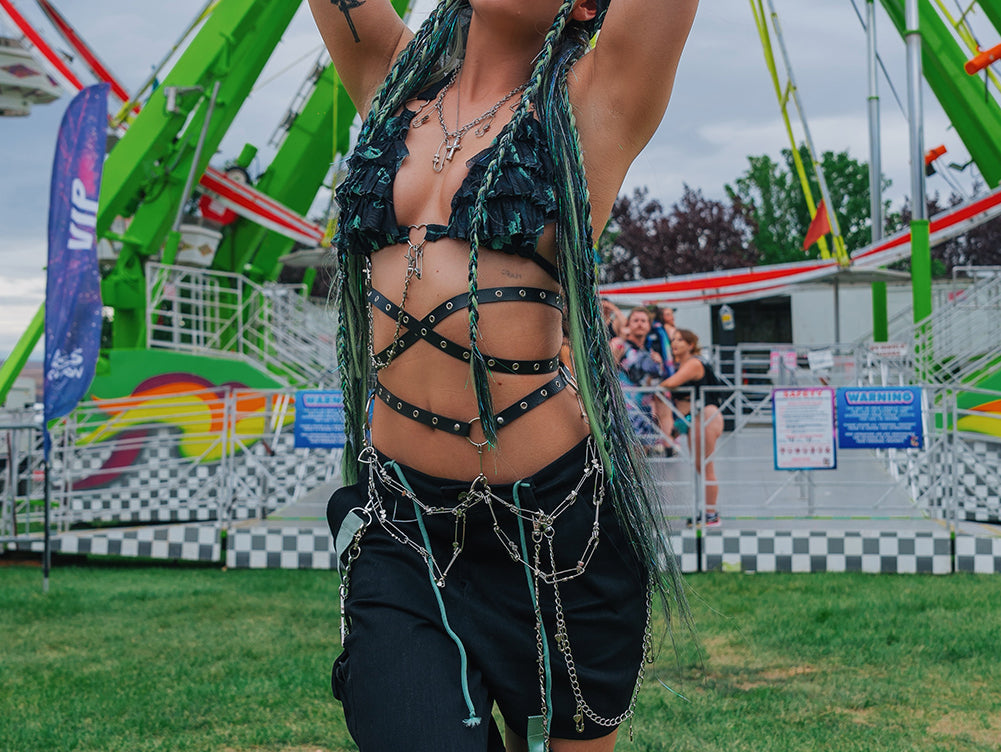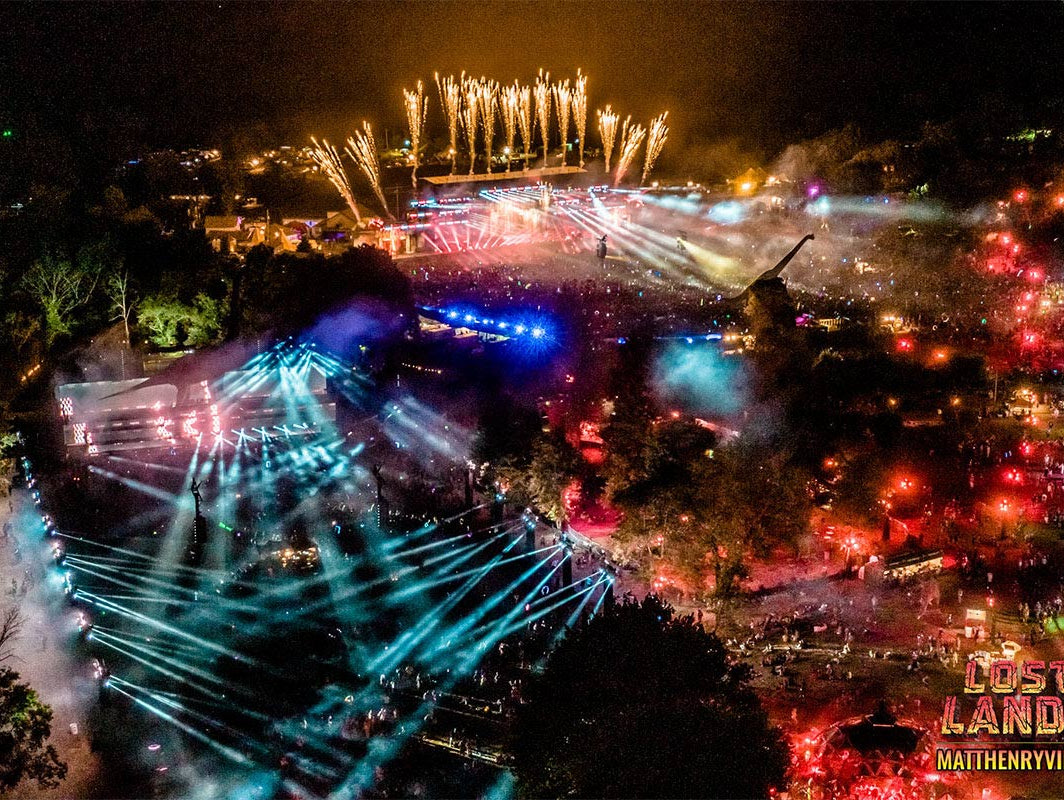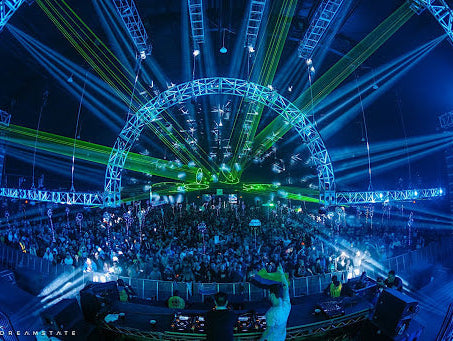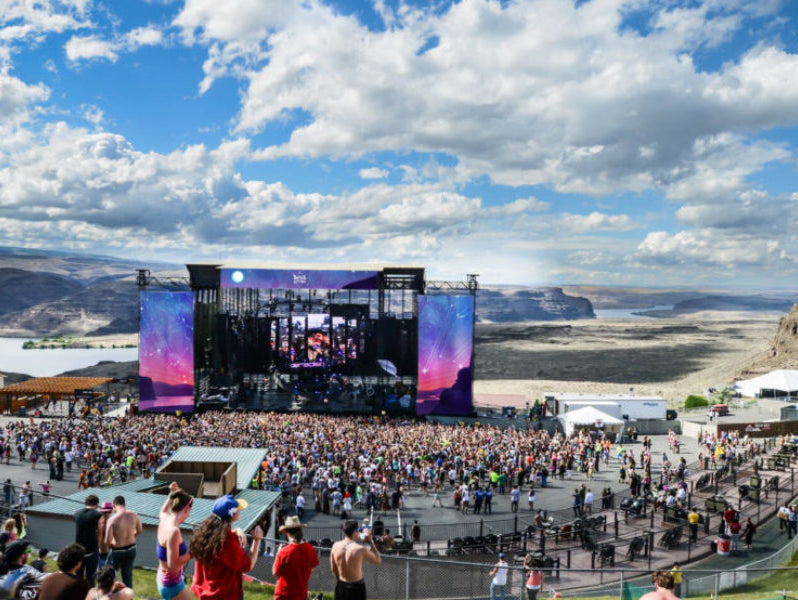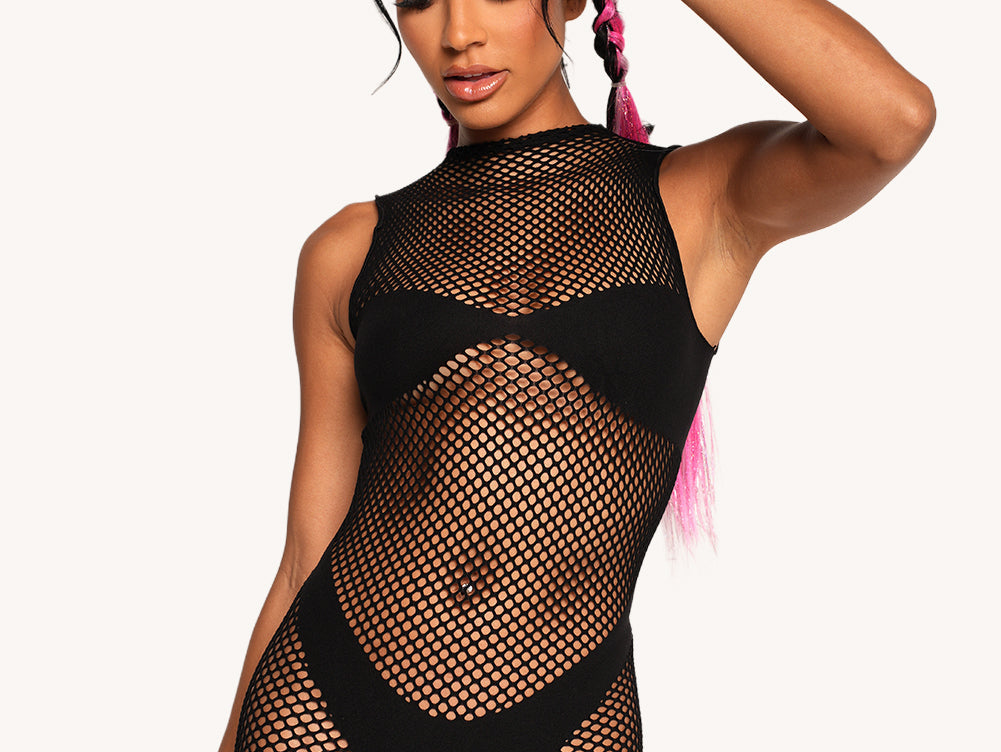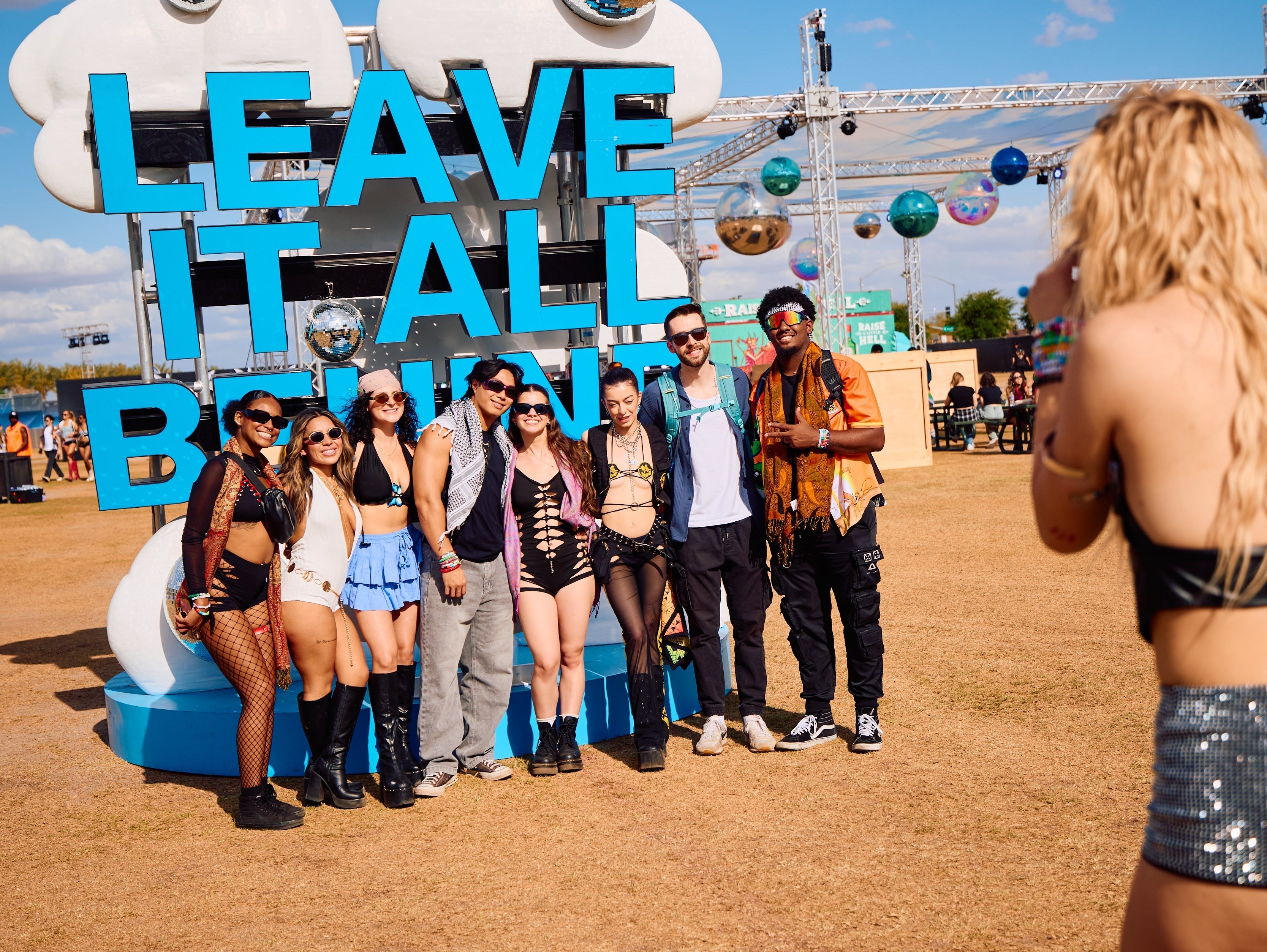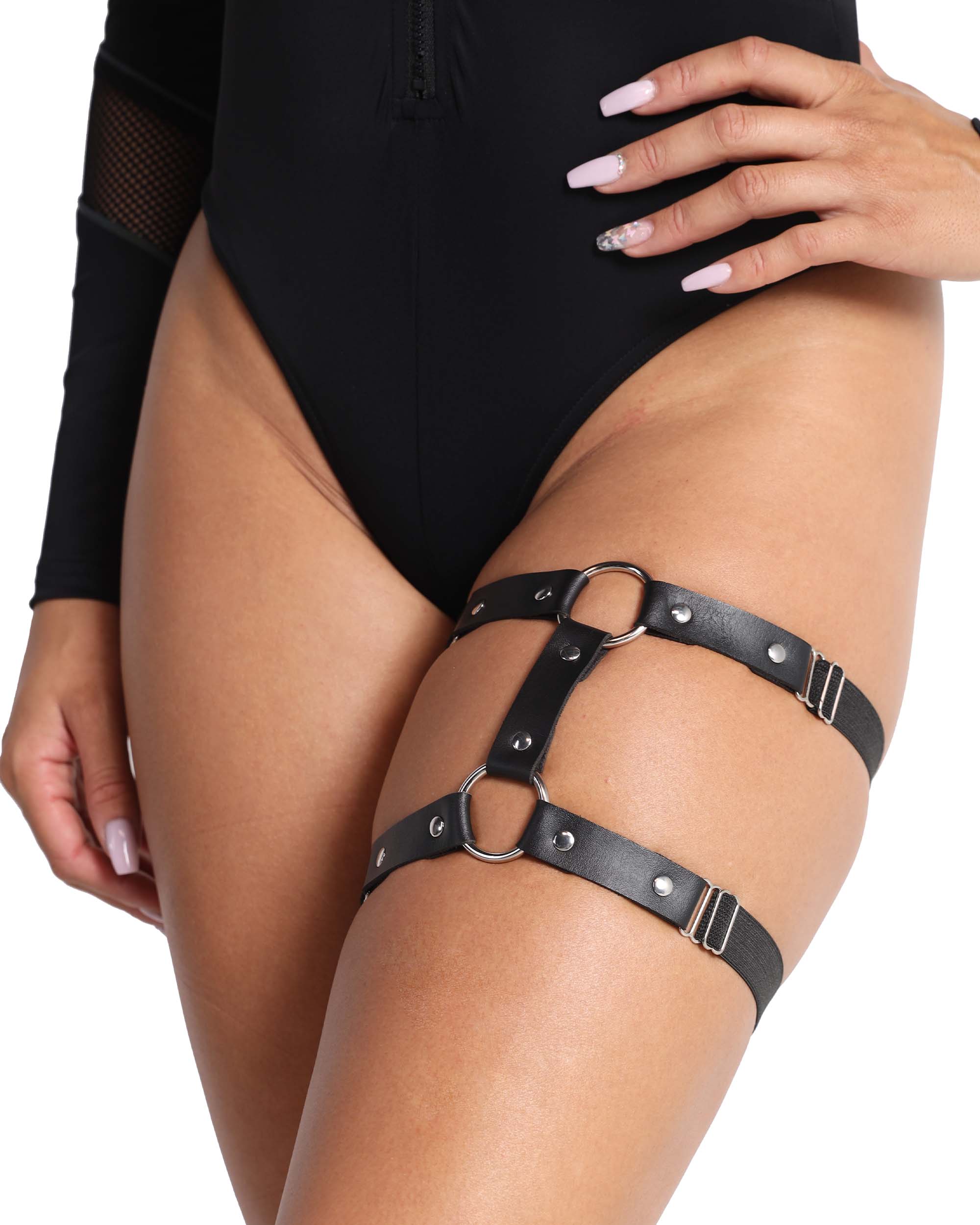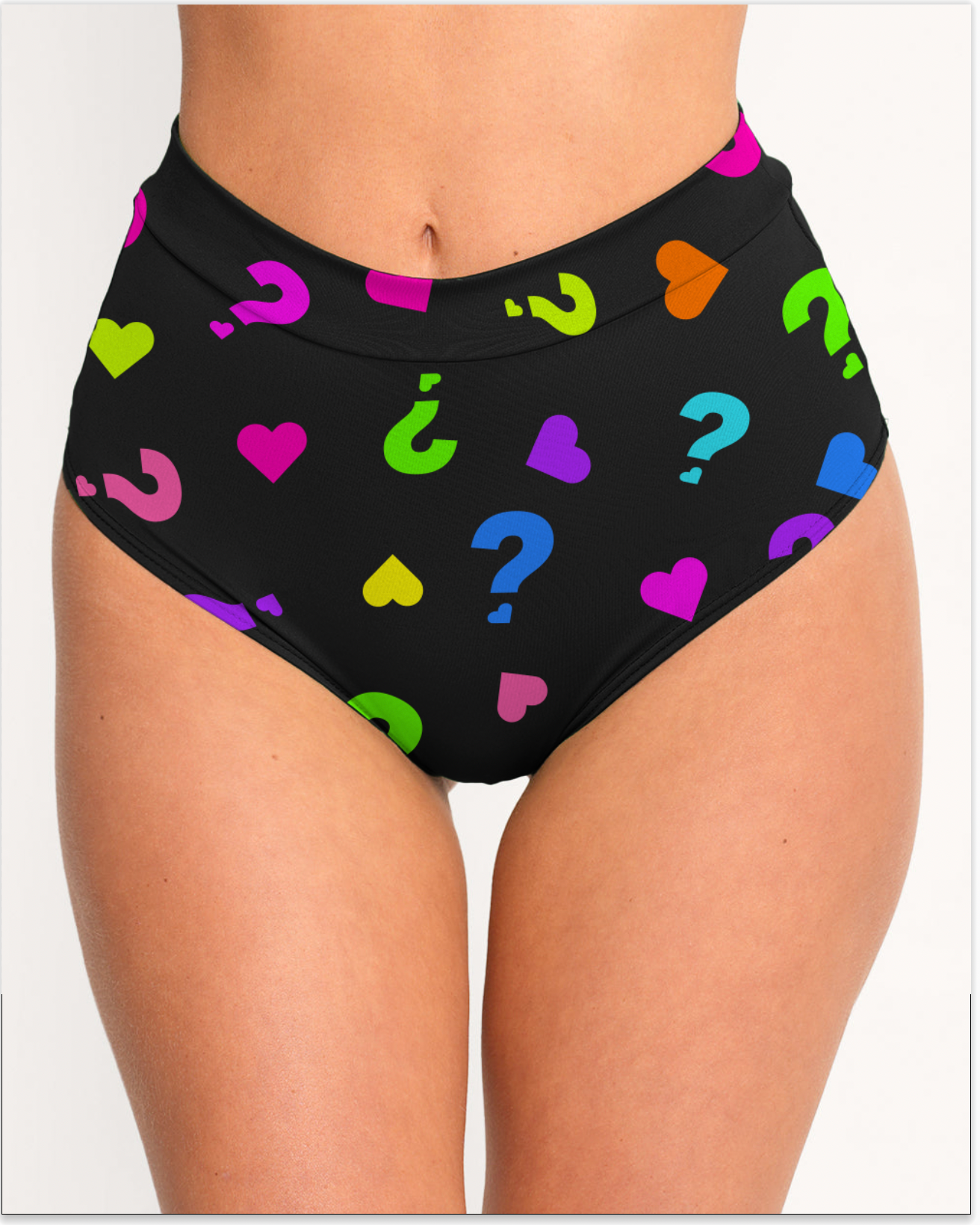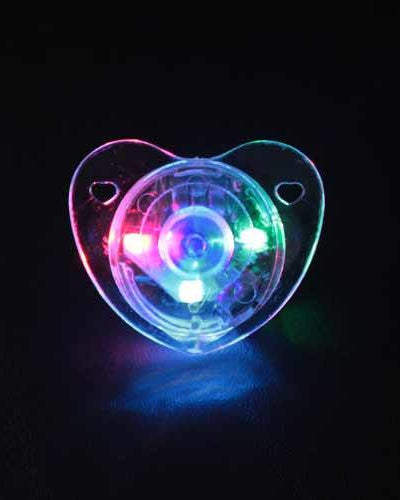Ever wondered how the magic happens behind the lens? I sat down with Erik Copley and Stephanie Le to discuss with them about how they got their start in photography and how they take photos for ravers.
Erik and I met through Instagram and instantly clicked. His work is absolutely beautiful (@sorlium) and even though he’s only been shooting for around a year, he’s already up and coming as a professional photographer. Working with Erik is incredible because, in just a few shots, he can truly capture some incredible photos while being incredibly respectful and kind-hearted.
Stephanie and I were connected through the iHeartRaves team when we met for an EDC photo shoot! You all may know her as the seasoned iHeartRaves photographer (@stephanielephotography) and a girl that can sure shuffle! She’s the sweetest and shooting with her is always tons of fun!
Get the inside scoop on these two talented professionals in my Q&A with them:
Q: How did you first start taking photos professionally?
Stephanie: My father is/was an event photographer and I grew up around the industry learning from and emulating him. It was about four years ago when I was only shooting for myself as a hobby. So cliche, but cliches are cliches for a reason because there is so much truth in it. Do something you love and guess what? It won’t feel like a job. When people started seeing my work, I never thought it would lead me to where I am today, building it as a business.
Erik: I was walking around my town one Summer and I wandered into a pawn shop. I saw a Nikon D3000 for $75 and thought, “That looks neat”. From there I just started taking pictures and never stopped.
Q: What do you like and dislike about photography?
Stephanie: I love the fact that I get to meet so many people as passionate as I am. There isn't really much to dislike about photography. Photos make up life. Of a moment with colors, style, and emotion.
Erik: I love the aspect of creation. I’ve never been a particularly artistic person, mainly because I can’t draw a straight line or a circle to save my life, but photography finally gave me an outlet that fit perfectly into my natural skills. What I dislike is that to be an artist is to be obsessive. I’ve definitely gotten into self-destructive spirals in the name of art.

Sorlium photography (Models: @kdragon19, @_basskitten)
Q: Who are some of your photography inspirations?
Stephanie: My number one inspiration is my father. I have to give him a lot of credit for. Martin Depict, since the first time I was introduced to his work. Marilyn hue, with her style. Miles from miles of color on IG, Mark Singerman Brandon Woelfel, and Jessica Kobeissi. Besides these photographers, I am mostly inspired by others who are just starting or seeking growth and they reach out to me for advice. That blows my mind. But I love helping in any way I can and that, too, inspires me.
Erik: My biggest inspirations are the other photographer I meet in the community. I really enjoy the work of big and established artists, but there’s something really special about the people in the middle of their journey.
Q: How did you start photographing raves or ravers and what do you think is unique or different about this type of photography?
Stephanie: I first started shooting female portraits and in an instant, I fell in love with it that I was craving for more - more photoshoots, more creating. That actually helped me transition slowly over to festival fashion. I photographed one of my friends that was in the EDM scene and once that shoot was over, I could not stop thinking that this style of photography was meant for me. My heart was in it, speeding just every second of that shoot. It raced more than any style shoot I had done. I met other people that were in the EDM community who had seen my work and reached out to me to make something happen. After that, I could not be apart from it. I just absolutely love every aspect of rave fashion photography. I feel this deep connection to it, like as if this has always been my calling. I am a dancer as well, so when I was first exposed to raves back in 2013 I was just in awe. The people, energy, music and pure happiness all around. Never did I think that I was going to be able to do photography at a festival. After years of attending raves and the growth for my love for photography I had combined the two and made the realization that this was it. This is where my heart belonged. This was the path I was meant to take in my art. The creativity and the unique outfits that are put together stands out from the normal fashion industry. I think what really makes these type of events stand out from the rest is EVERYTHING. The culture, outfits and most importantly the energy. Energy isn’t something you see but definitely feel as it is very apparent at raves.
Erik: I’d been running my Instagram for a while when I received a message asking to shoot from a woman who ran a popular rave instagram. I checked out her profile and saw that, while the main theme was definitely festivals, there was also strong messages of body positivity and mental health awareness. That alone immediately drew me to the scene. I did a shoot with @ _basskitten and from there did several other shoots with her and her friends, and we’ve been good friends ever since.
Q: What types of editing software do you use if any?
Stephanie: I use lightroom, which helps with keeping certain photos organized. After using a couple of features on there I transfer my image to photoshop/RAW.
Erik: I use lightroom as a cataloging resource and for global adjustments, and I use photoshop for any skin retouching or intense color work.
Q: In general, what do you think makes a good photo for rave clothing?
Stephanie: What makes for a good photo for rave clothing is having the model look and feel comfortable in the clothes. Super cliche to say but just be yourself, be comfortable and be fierce! I really enjoy the process, journey & destination. Photography isn’t about just pointing, focusing and clicking. It’s so much more to it than meets the eye. I really enjoy creating the vibe and getting to to know who I’m shooting first whether it’s briefly over direct messages, phone or face to face. When the talent is comfortable and ready that always makes for a better photo.
Erik: It’s all about the model. Rave clothing embodies freedom in all aspects; physical, sexual, and spiritual. Having the model feel confident and comfortable is the number one key. That’s another aspect I love about rave photography; anybody can be a rave model as long as they get that confidence! It’s one of the least exclusive forms of modeling.


Sorlium photography (Model: @kdragon19)
Q: Rave or non-rave photography, what is one of your favorite photographs you’ve taken?
Stephanie: A picture of an orange. It was when I just started to pick up a camera taking pictures of anything I seen that was beautiful. I actually got it printed too with a simple frame. It's still and now sits, hung on the garage wall. With the many other pictures, I printed when I was first starting. It's on of my favorites because it's bright and focuses on the bright object. Also, it reminds me of where i started and where I am now. The thrive and the passion for photography runs through my veins.
Erik: My favorite photo I ever took was on a point and shoot digital camera, and it’s a simple photo of the evening sky with the moon positioned over the roof of a building. It’s my favorite photo because of its simplicity, and I absolutely adore lunar imagery. The lines of the building create a jagged separation that covers about one fourth of the frame in darkness, and then there’s just the deep blue gradient of the evening sky, punctuated by a single power line running across that void, and just towards the top of the frame, the moon sits centrally.
Q: How would you describe your photography style?
Stephanie: Vibrant! Happy! Colorful! I honestly don’t have a specific style. I point and shoot what I enjoy. To me, art is an emotion and it’s ever-changing. So in short my photography style is extremely niche because it’s my own style :)
Erik: I wish I had the consistency to stick with one style for more than six minutes.
Q: How has working with iHeartRaves changed your view on photographing raves/ravers and why?
Stephanie: Working with iHeartRaves was one of my dreams. I wanted it so badly that the more I thought of it, the closer it became a reality. Working with them gave me so much more room for growth and perspective. My view on rave and ravers has only become stronger. Stronger in a sense that I feel a deeper connection than I had before. To be able to capture an emotion that you can’t see but only feel is beautiful and thanks to iHeartRaves, I’ve been able to do this. Working with iHeartRaves team and headliners from across the nation has humbled me and gave me another reason to push forward in my art as a photographer.
Erik: I’d heard a lot about iHeartRaves before working with them. I’m someone who’s pretty selective about brands I choose to work for, but iHR continually pushed the same message I’d seen in the rave community; body positivity, mental health awareness, sexual freedom, safety. These are all ideas I want to push more and more as my career goes on, and working with iHeartRaves was my first step on that journey. Even if I move into new realms of photography, as long as companies like iHeartRaves are around, I’ll always make time for this community.

Sorlium photography (Model: @_basskitten)
Q: What is a tip you have for other aspiring photographers that want to get into something similar to what you do?
Stephanie: NEVER stop shooting. To find your niche you first have to go through the process. Your heart must be in the right place when you’re in this type of field. Don't do it for the wrong reasons, be patient, shape your art and everything else will fall into place.
Erik: It’s a two-step process. Step one: Start. Step two: Don’t Stop. Also, shoot in RAW.





